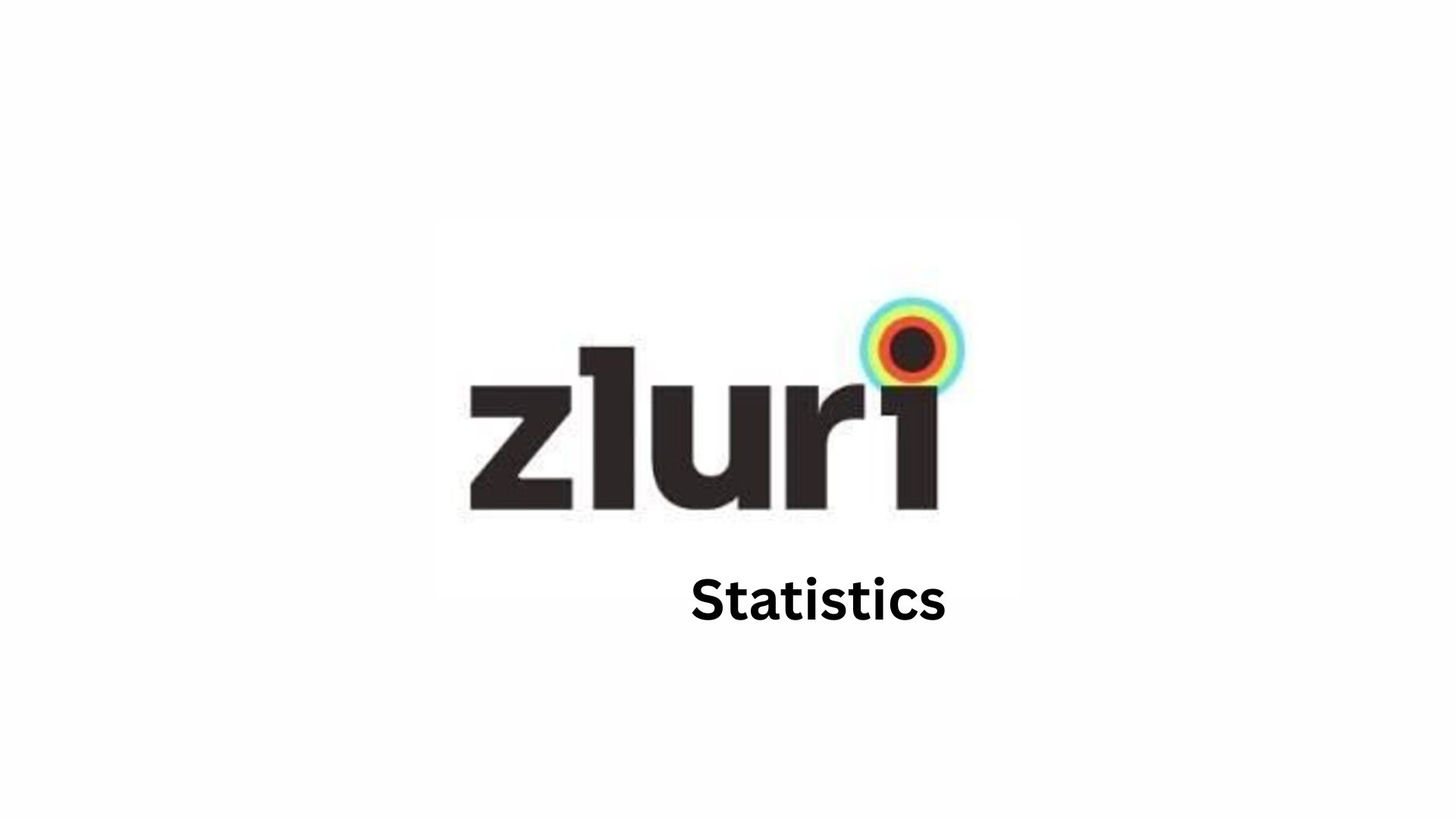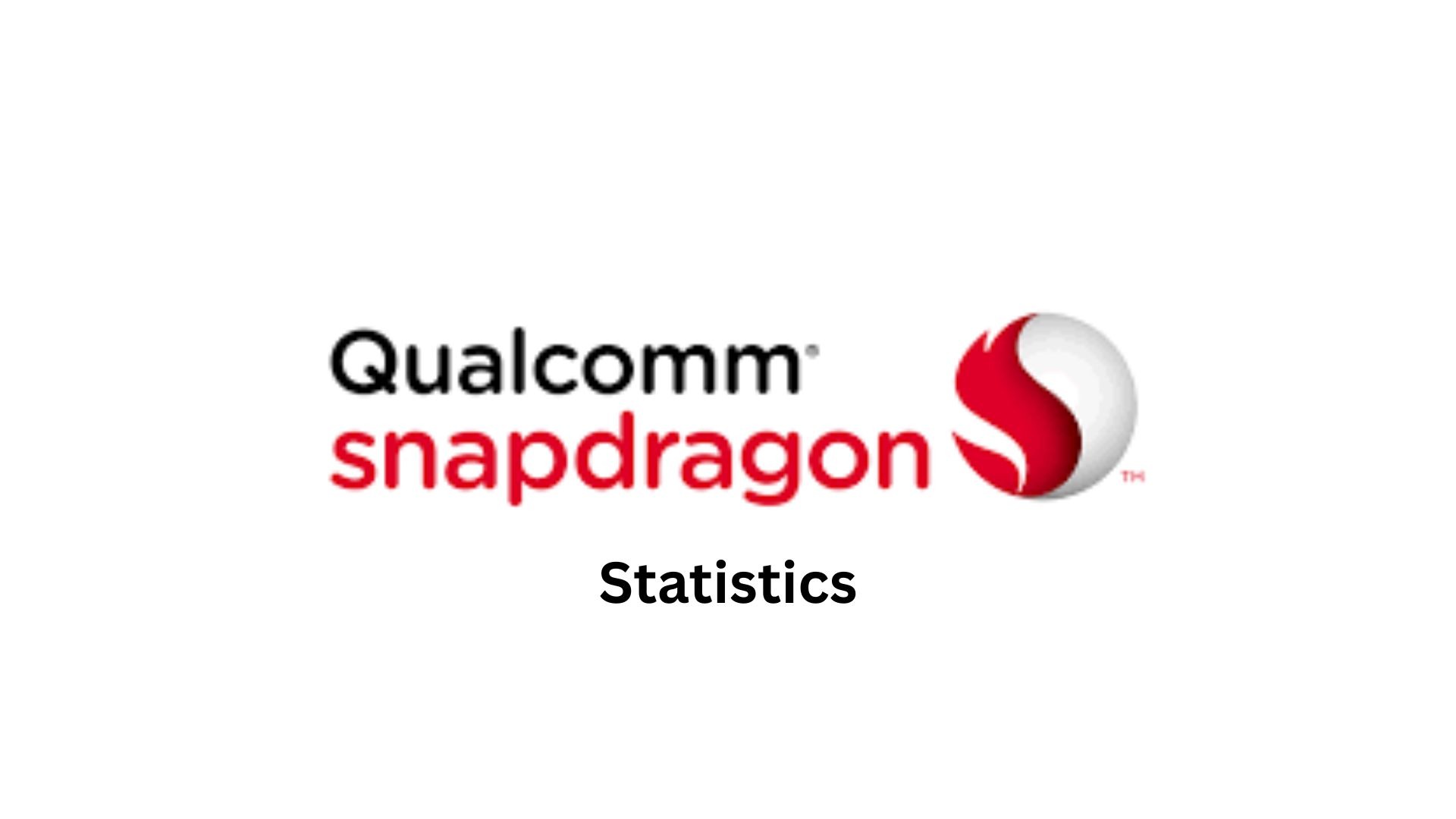Millionaire Statistics, Insights And Facts (2025)
Updated · Jul 25, 2025

Table of Contents
- Introduction
- Editor’s Choice
- Global Millionaire Population Growth
- Top Countries with the Most Millionaires in 2025
- Millionaire Distribution by Continent
- Richest Cities in 2025
- Everyday Millionaires and Wealth Brackets
- Millionaire Demographics – Age, Gender, and Education
- Millionaire Income Sources in 2025
- Millionaire Spending Patterns in 2025
- Migration Trends Among Millionaires in 2025
- Millionaire Projections for 2030 and Beyond
- Conclusion
Introduction
Millionaire Statistics: The global definition of success has long included crossing the coveted million-dollar mark. In 2025, becoming a millionaire is no longer just a dream, you know, for the ultra-elite. With the digital economy booming, global investments rising, and intergenerational wealth transfers accelerating, the number of millionaires around the world is climbing at a really impressive pace.
In this article, I’ll dive deep into all the millionaire statistics 2025, highlighting where millionaires live, how they earn and spend, their demographics, migration patterns, and what the future holds, literally everything. Backed by data from trusted financial sources like UBS, Henley & Partners, and Empower, this is your only statistical guide to the world’s millionaires. Let’s completely break it down.
Editor’s Choice
- According to UBS’s Global Wealth Report 2025. The total number of millionaires worldwide has crossed 80 million for the first time in history.
- This means nearly 1% of the adult global population now holds net assets of at least $1 million, even after adjusting for inflation and economic volatility.
- The U.S. continues to be the world’s biggest millionaire hub, with over 24 million individuals holding at least $1 million in assets.
- That’s more than 30% of all global millionaires, and the country added 1,000+ new millionaires daily in 2024 due to booming stock portfolios and real estate appreciation.
- UBS calls them EMILLIs, Everyday Millionaires with $ 1 to 5 million in net worth. As of 2025, there are over 55 million EMILLIs globally, and they collectively manage nearly $61 trillion in wealth, primarily stored in property, equities, and retirement funds.
- Henley & Partners reports that 142,000 millionaires are expected to relocate this year, setting a new global record.
- The most popular destinations are the UAE, the U.S., and Singapore, all known for investor-friendly tax laws, luxury infrastructure, and business stability.
- The United Kingdom will lose an estimated 16,500 millionaires in 2025, outpacing China for the first time. Wealthy Brits are concerned about rising taxes, new labor policies, and post-Brexit uncertainty, pushing many towards tax havens and politically stable nations.
- India is seeing an outflow of wealth, with around 4,300 high-net-worth individuals expected to migrate abroad.
- The primary reasons include concerns about personal safety, air quality, healthcare, and elite education, especially among startup founders and professionals.
- Data from Empower shows a 29% rise in retirement millionaires in just one year, driven by long-term compounding, employer 401K matches, and stock gains.
- The average American retiree with a millionaire portfolio is now in their late 50s and has diversified investments.
- Despite the growth in net worth, perception matters, and a Charles Schwab survey reveals Americans now believe it takes at least $2.3 million to feel genuinely wealthy. This perception has shifted higher compared to previous years, largely due to inflation and lifestyle costs.
- With a tax-free income structure, golden visa programs, and futuristic urban life, the UAE is expected to attract nearly 10,000 millionaires this year.
- Dubai and Abu Dhabi are now among the world’s fastest-growing luxury real estate markets, drawing talent from all over the world.
- The gender wealth gap is slowly closing. By 2025, women will account for around 18% of the world’s millionaire population, due to growing representation in business leadership, tech law, and inheritance from baby boomer wealth transitions.
| Insight | Value / Figure |
| Total global millionaires 2025 |
80 million+ |
|
U.S. millionaire count |
24 million+ |
| EMILIs (Everyday Millionaire) |
55 million; $61 trillion in wealth |
|
Millionaires Relocating in 2025 |
142,000 |
| UK millionaire exodus |
16,500+ leaving |
|
Indian millionaire outflow |
4,300 leaving |
| U.S. retirement millionaire growth |
+29% in 2024 |
|
Wealth needed to feel rich (U.S.) |
$2.3 million (average) |
| UAE millionaire inflow |
9,800 arriving |
|
Female millionaire share (2025) |
18% of the total millionaires |
Global Millionaire Population Growth
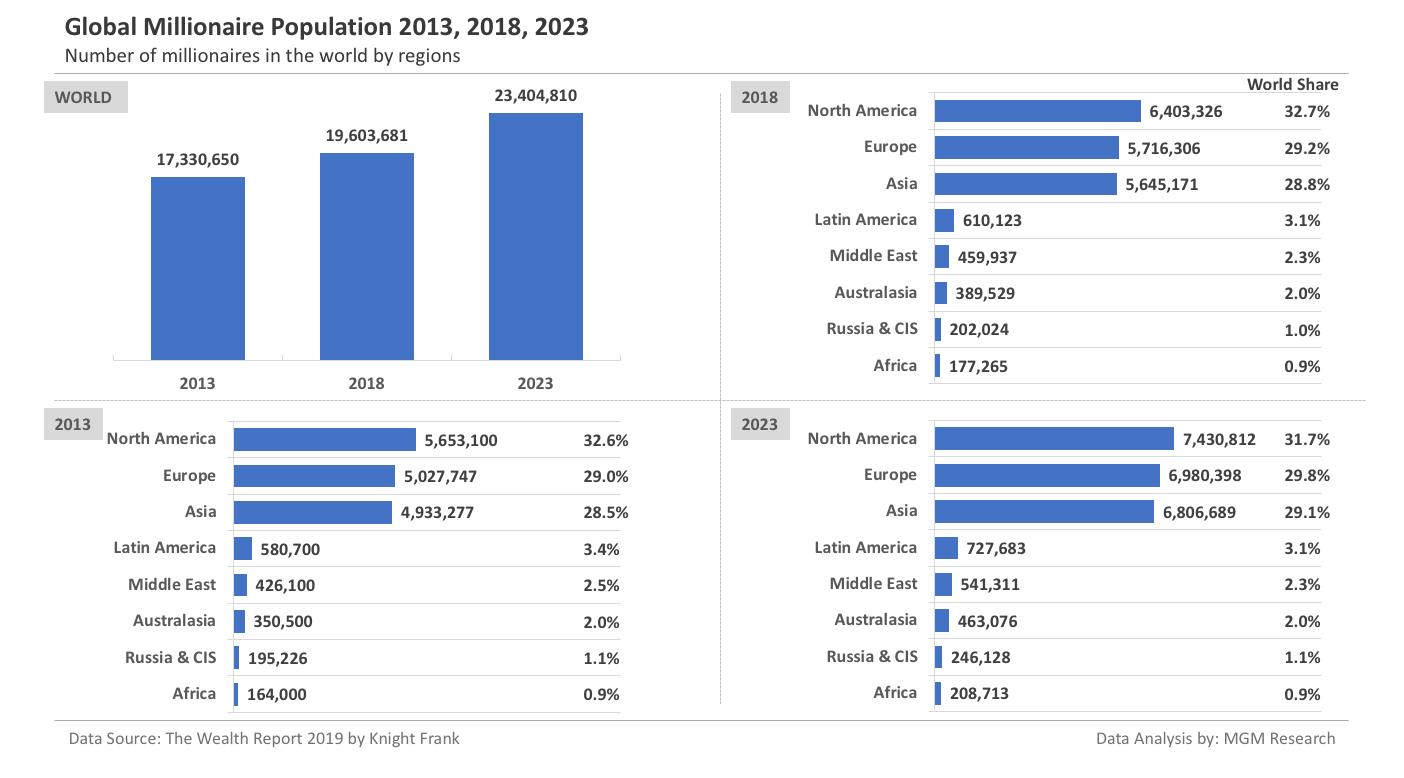
- As of early 2025, the total number of millionaires globally has surpassed 80 million individuals. This includes those with net financial assets (excluding debt) above one million US dollars, according to UBS and Empower’s latest reports.
- In 2024 alone, nearly 684,000 people became new millionaires globally. This marks a 1.2% increase over the previous year, reflecting the ongoing trend of wealth accumulation despite inflation and macroeconomic headwinds.
- The United States added 379,000 millionaires in 2024, the largest annual increase in any single country. This is more than half of all the new millionaires created globally that year.
- Since 20000, the global number of millionaires has more than quadrupled. Back then, there were fewer than 20 million millionaires worldwide. Today, they account for a significant portion of the global economy and wealth.
- More than 51% of all millionaires are considered “Everyday Millionaires,” meaning they hold between $1 million and $5 million in investable assets. They are primarily self-made individuals, not born into wealth.
- Global wealth in 2024 reached $471 trillion, with millionaires accounting for more than 46% of it. This demonstrated how wealth is increasingly concentrated in the hands of high-net-worth individuals.
- The number of ultra-high-net-worth individuals (those with over $50 million in assets) grew to nearly 400,000 worldwide in 2025. The majority of these individuals live in developed countries like the U.S., China, and Germany.
- Millennials and Gen Z are entertaining the millionaire club at a faster rate than any generation before, mostly through tech entrepreneurship, stock market investing, and early crypto success.
- Experts forecast that by 2030, the number of millionaires globally could reach 90 million, assuming a steady compound annual growth rate of around 3.4% consistent with past trends.
- As wealth expands, so does its visibility. Millionaires are now more likely to invest in real estate, private equity, and alternative assets, increasing their long-term portfolio growth potential.
| Metric | Value |
| Total global millionaires |
80 million |
|
New millionaires added in 2024 |
684,000 |
| US share of new millionaires |
379,000 |
|
Everyday Millionaires (1 to 5M assets) |
51% of the total |
| Global Wealth (2024) |
$471 trillion |
|
Millionaire share of global wealth |
46% |
| Ultra-high-net-worth individuals |
400,000 |
|
Forecasted millionaires by 2030 |
90 million |
| Millionaires in 2000 |
20 million |
|
CAGR of the million population |
3.4% |
Top Countries with the Most Millionaires in 2025
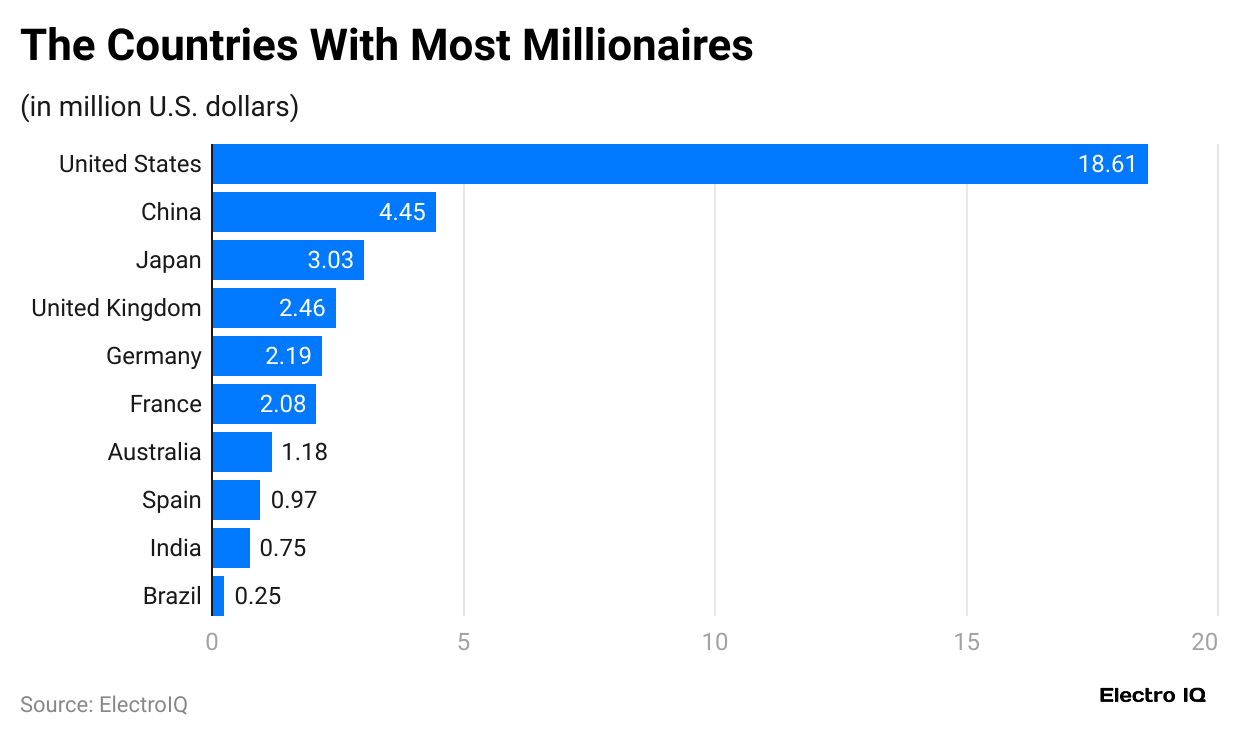
- The United States leads the world with around 22 million millionaires, which accounts for roughly 40% of all global millionaires. This means nearly 1 in 10 American adults qualifies as a millionaire, due to booming stock markets, strong real estate valuations, and long-term retirement investments.
- China holds second place with approximately 6 million millionaires. Although the Chinese economy has slowed in recent years, the country’s vast middle class and entrepreneurial growth continue to drive wealth creation.
- Japan ranks third, home to about 3.2 million millionaires. A combination of inherited wealth, stable corporate growth, and urban property investments contributes to its high millionaire population.
- Germany and France each host close to 2.8 million millionaires, reflecting the strength of Europe’s largest economies. Despite slower growth in recent years, long-standing wealth among families and business owners remains high.
- The United Kingdom, even after Brexit and economic shifts, still maintains just under 2 million millionaires. Real estate in London and Southern England continues to be a primary wealth generator.
- Canada follows closely, with approximately 1.9 million millionaires. A strong financial system, high home values, and tech growth, especially in cities like Toronto and Vancouver, have contributed to wealth expansion.
- Australia continues to punch above its weight with around 1.33 million millionaires, thanks to consistent real estate growth, a high standard of living, and a booming mining sector.
- India is an emerging millionaire market with over 850,000 millionaires, and that number is expected to surpass 1 million in the next couple of years. However, due to high net migration, it is projected to lose around 3,500 millionaires in 2025.
- Switzerland, though small in population, has a high millionaire density due to banking, finance, and investment industries. It currently houses around 1.2 million millionaires.
- South Korea and Brazil are gaining pace as well, each with approximately 600,000 to 700,000 millionaires, driven by industrial growth, fintech development, and urban wealth accumulation.
| Country | Millionaire Count | Global Share (%) | Notes |
|
United States |
22 million | 40% | Largest concentration of global millionaires |
| China | 6 million | 7.5% |
Strong tech and manufacturing wealth |
|
Japan |
3.2 million | 4% | High personal wealth, urban assets. |
| Germany | 2.8 million | 3.5% |
Industrial wealth and inheritance |
|
France |
2.8 million | 3.5% | Family wealth, luxury industry |
| United Kingdom | 1.99 million | 2.5% |
Real estate heavy wealth |
|
Canada |
1.94 million | 2.4% | Strong financial systems |
| Australia | 1.33 million | 1.7% |
Real estate and mining |
|
Switzerland |
1.2 million | 1.5% | High wealth density per capita |
| India | 850,000 | 1.1% |
Rapid growth, net outflow expected |
Millionaire Distribution by Continent
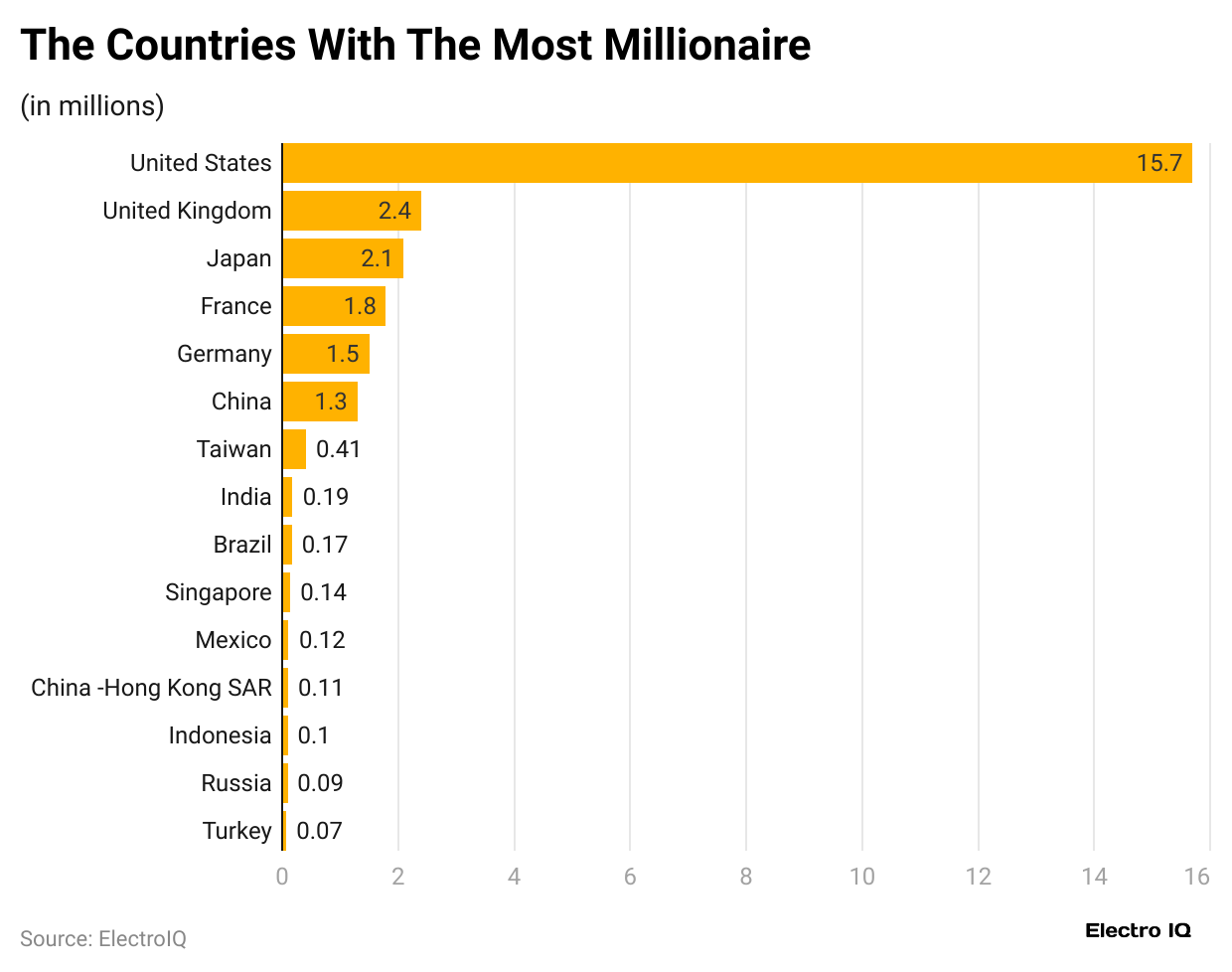
- North America remains the global leader in millionaire population, with over 24 million millionaires. The United States accounts for nearly 90% of this, followed by Canada. Wealth in this region is largely driven by equity markets, real estate, and corporate ownership.
- Europe houses about 18 million millionaires, with key contributions from Germany, France, the UK, and Switzerland. Though growth has slowed due to economic headwinds, Europe’s long-standing intergenerational wealth keeps the millionaire count stable.
- Asia is rising rapidly, now home to nearly 19 million millionaires. China and Japan dominate this region, but countries like India, South Korea, and Singapore are quickly catching up thanks to tech industry booms and startup ecosystems.
- Oceania, which includes Australia and New Zealand, hosts around 1.6 million millionaires. Australia’s strong currency, real estate valuation, and commodities exports keep its millionaire count rising steadily YoY.
- Latin has the smallest share, with only around 150,000 to 180,000 millionaires continent-wide. South Africa leads this region, followed by Nigeria, Egypt, and Kenya, though wealth growth remains constrained by systemic challenges.
- The Middle East, including the UAE, Saudi Arabia, and Israel, has about 450,000 millionaires. This region is experiencing one of the fastest-growing rates of millionaire migration due to relaxed visa policies and tax incentives.
- On a per capita basis, Europe and Oceania often rank higher than Asia due to more evenly distributed wealth among fewer people. However, Asia is closing this gap quickly.
- Over the next decade, Asia is expected to surpass Europe in total millionaire count, fueled by rising middle classes and digital entrepreneurship in countries like Vietnam, Indonesia, and India.
- The global shift in wealth geography continues to evolve. While developed economies still lead, emerging markets are beginning to account for a larger slice of the millionaire demographics each year.
| Continent | Estimated Millionaire | Regional Highlights |
| North America | 24 million |
U.S. leads globally; strong real estate & stock |
|
Asia |
19 million | China, Japan are dominant; India and Southeast Asia are growing |
| Europe | 18 million |
Germany, France, the UK, and Switzerland dominate |
|
Oceania |
1.6 million | Mainly in Australia, real estate wealth is prominent |
| Latin America | 600,000 |
Brazil, Mexico lead; slower growth pace |
|
Middle East |
450,000 | UAE, Saudi Arabia, and Israel are rising fast |
| Africa | 150,000 to 180,000 |
South Africa leads, but growth is constrained |
Richest Cities in 2025
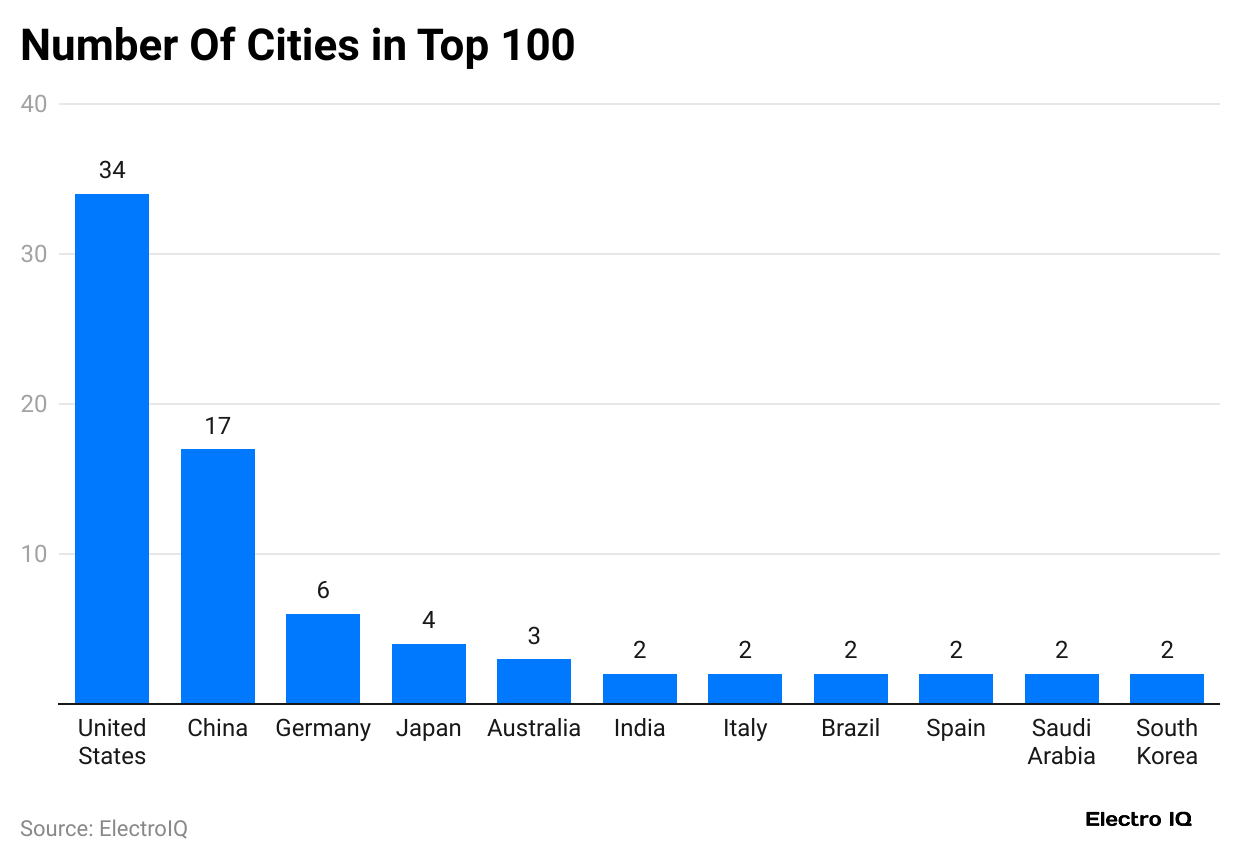
- New York City tops the global list, with around 384,500 millionaires in 2025. This includes over 800 centi-millionaires (those with over $100 million in assets) and 66 billionaires. Its dominance is largely tied to Wall Street, private equity firms, and an incredibly strong luxury real estate market.
- The San Fransico Bay Area, which includes Silicon Valley, follows closely with about 342,000 millionaires. Driven by Big Tech companies like Apple, Meta, and Google, this region has nearly doubled its millionaire count over the last decade.
- Tokyo remains Asia’s wealthiest city, hosting 292,300 millionaires. It has one of the most stable and well-diversified urban economies in the world, spanning automotive, technology, finance, and real estate sectors.
- Singapore has rapidly grown, boasting about 242,400 millionaires in 2025. With favourable tax laws and its role as a hub for Asian finance and innovation, it has become a top relocation destination for wealthy individuals.
- Los Angeles holds around 220,600 millionaires, many of whom have made fortunes in entertainment, real estate, healthcare, and tech. The city continues to attract wealth, its cultural status, and high-end living.
- London remains one of Europe’s financial capitals, though its millionaire population declined to approximately 215,7000, largely due to Brexit and higher tax pressures. The city still maintains strong ties to global finance and luxury.
- Paris is home to about 160,100 millionaires, with strength in luxury fashion, real estate, and family wealth. French tax policy and economic conditions have slightly slowed its growth, but it remains elite.
- Hong Kong, despite political changes, still hosts 154,900 millionaires. Its proximity to Mainland China and its historically favorable financial regulations keep it relevant among Asian wealth hubs.
- Sydney has seen fast-paced growth, with 152,900 millionaires, due to rising property values, a strong Australian dollar, and economic stability. The city ranks among the world’s most liveable and wealth-concentrated urban areas.
- Chicago rounds out the top 10, now boasting 127,100 millionaires, up 24% in the past decade. The city is a midwestern economic powerhouse known for finance, law, and healthcare wealth.
| City | Millionaires | Notes |
| New York City | 384,500 |
Financial capital, real estate, and private equity hub |
|
San Fransico Bay Area |
342,400 | Tech-driven wealth, home to many billionaires |
| Tokyo | 292,300 |
Asia’s richest city, stable, diversified economy |
|
Singapore |
242,400 | Tax haven and Asia-Pacific financial center |
| Los Angeles | 220,600 |
Hollywood, healthcare, and tech wealth |
|
London |
215,700 | Global finance center, though slightly declining |
| Paris | 160,100 |
Luxury, family wealth, fashion industries |
|
Hong Kong |
154,900 | Investment hub despite socio-political headwinds |
| Sydney | 152,900 |
Strong real estate and currency value |
|
Chicago |
127,100 |
Miswest finance, law, and healthcare contributors. |
Everyday Millionaires and Wealth Brackets
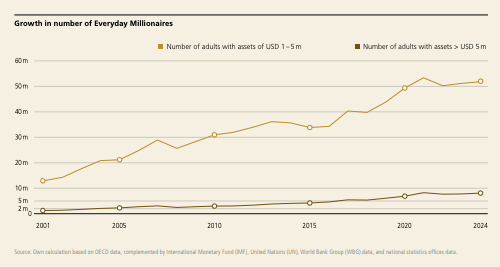
- In 2025, about 70% of global millionaires fall into the category of “Everyday Millionaires,” those who possess net assets between $1 million and $5 million. Most of them are not celebrities or business tycoons, but long-term investors, entrepreneurs, and disciplined savers.
- These individuals often build wealth slowly over decades, primarily through retirement funds, stock market investments, real estate appreciation, and owning small to medium-sized businesses.
- The next tier includes mid-level millionaires with wealth ranging from $5 million to $30 million. This group often includes senior executives, large-scale business owners, and high-end professionals like surgeons and lawyers.
- Ultra-high-net-worth individuals (UHNWIs) are defined as those with more than $30 million in assets. In 2025, there are over 400,000 UHNWIs worldwide, many of whom manage diversified portfolios across continents.
- The top 1% of millionaires, often referred to as centi-millionaires, have $100 million or more in net worth. In 2025, there are roughly 28,000 of them globally, concentrated mainly in cities like New York, London, and Dubai.
- Around 3,200 billionaires exist in 2025, forming the absolute apex of the global wealth pyramid. These individuals usually control vast assets, multiple companies, and influence global economic flows.
- The wealth composition of everyday millionaires generally includes 40 to 60% real estate, 20–30% equities, and 10 to 15% cash or fixed income assets. Many avoid excessive risk, preferring stable returns.
- Studies show that most everyday millionaires did not inherit wealth. Over 79% built their fortunes from the ground up, especially in countries like the U.S., Canada, and Australia.
- The average age of an everyday millionaire is 58 years old, and many achieve this status through consistent savings, prudent investments, and delayed gratification rather than overnight success.
- The rise of digital wealth platforms, robo-advisors, and retail investing apps like Robinhood and Zerodha has helped democratize wealth-building tools, leading to more first-generation millionaires in the last decade than ever before.
| Category | Net Worth Range | Approximate Global Count | Key Characteristics |
| Everyday Millionaires | $1 $1M to $5M | ~56 million |
Retirement investors, small business owners |
|
Mid-Tier Millionaires |
$5M to $30M | ~22 million | Executives, specialists, entrepreneurs |
| Ultra-High-Net-Worth (UHNW) | $30M+ | ~400,000 |
Global investors, CEOs, and diversified portfolios |
|
Centi-Millionaires |
$100M+ | ~28,000 | Major private equity players, legacy families |
| Billionaires | $1B+ | ~3,200 |
Global moguls, conglomerate owners |
Millionaire Demographics – Age, Gender, and Education
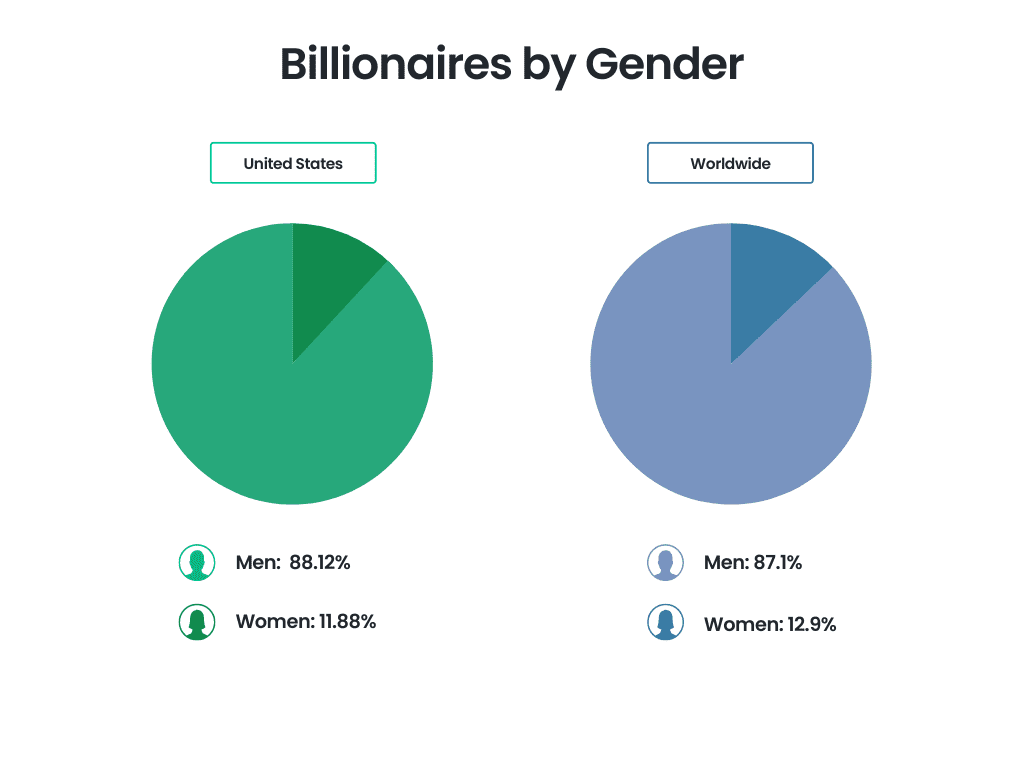
- The average age of a millionaire in 2025 is around 58 years old, based on recent surveys by Empower and UBS. This reflects the time it typically takes to accumulate wealth through compounding, career progression, and asset growth.
- Among all millionaires, nearly 45% are between the ages of 50 and 70, while about 25% are over 70. Only 7 to 9% are under 40 years old, which shows that wealth accumulation is still a long-term game for most people.
- Despite tech entrepreneurs like Mark Zuckerberg or Sam Altman becoming billionaires in their 20s or 30s, young millionaires under 35 make up less than 5% of the total population in this class. These are usually people in tech, entertainment, or early crypto.
- There remains a notable gender gap in wealth. In 2025, only about 12 to 14% of global millionaires are women, even though the number is slowly rising. Women still face structural hurdles in executive roles, startup funding, and wealth inheritance.
- In developed economies like Canada, the UK, and the U.S., the proportion of female millionaires is higher, around 18 to 20%, thanks to better access to education, healthcare, and equal employment opportunities.
- Education remains a powerful predictor of wealth. Over 80% of millionaires hold a bachelor’s degree or higher, and nearly 30% have a graduate or professional degree, especially among those in law, medicine, and finance.
- However, some of the wealthiest individuals, including several billionaires, dropped out of college or never attended university. This shows that while formal education helps, it’s not the only path to millionaire status.
- Many millionaires attended public universities, not Ivy League schools. More than 60% of U.S. millionaires are self-made and graduated from non-elite colleges, proving that long-term discipline beats privilege.
- Among professions, the highest concentrations of millionaires in 2025 come from engineering, finance, law, medical fields, and technology, followed by business owners and senior corporate executives.
- Generationally, Baby Boomers still hold the majority of millionaire wealth. But Millennials and Gen Z are catching up faster than expected, particularly in markets like the U.S., India, and Southeast Asia, where tech adoption is fast-paced.
| Demographic Factor | Data Point |
| Average Age |
58 years old |
|
Under 40 |
9% of millionaires |
| Over 70 |
25% |
|
Gender Breakdown |
86% male, 14% female (global average) |
| Women in developed countries |
18 to 20% of millionaires |
|
Bachelor’s degree or higher |
80% of millionaires |
| Graduate or professional degrees |
30% |
|
Self-made (no inheritance) |
72 to 79% globally |
| Fields with the highest millionaires |
Finance, Law, Tech, Medicine, Entrepreneurship |
|
Generation with the most wealth |
Baby Boomers (58% of all millionaire wealth) |
Millionaire Income Sources in 2025
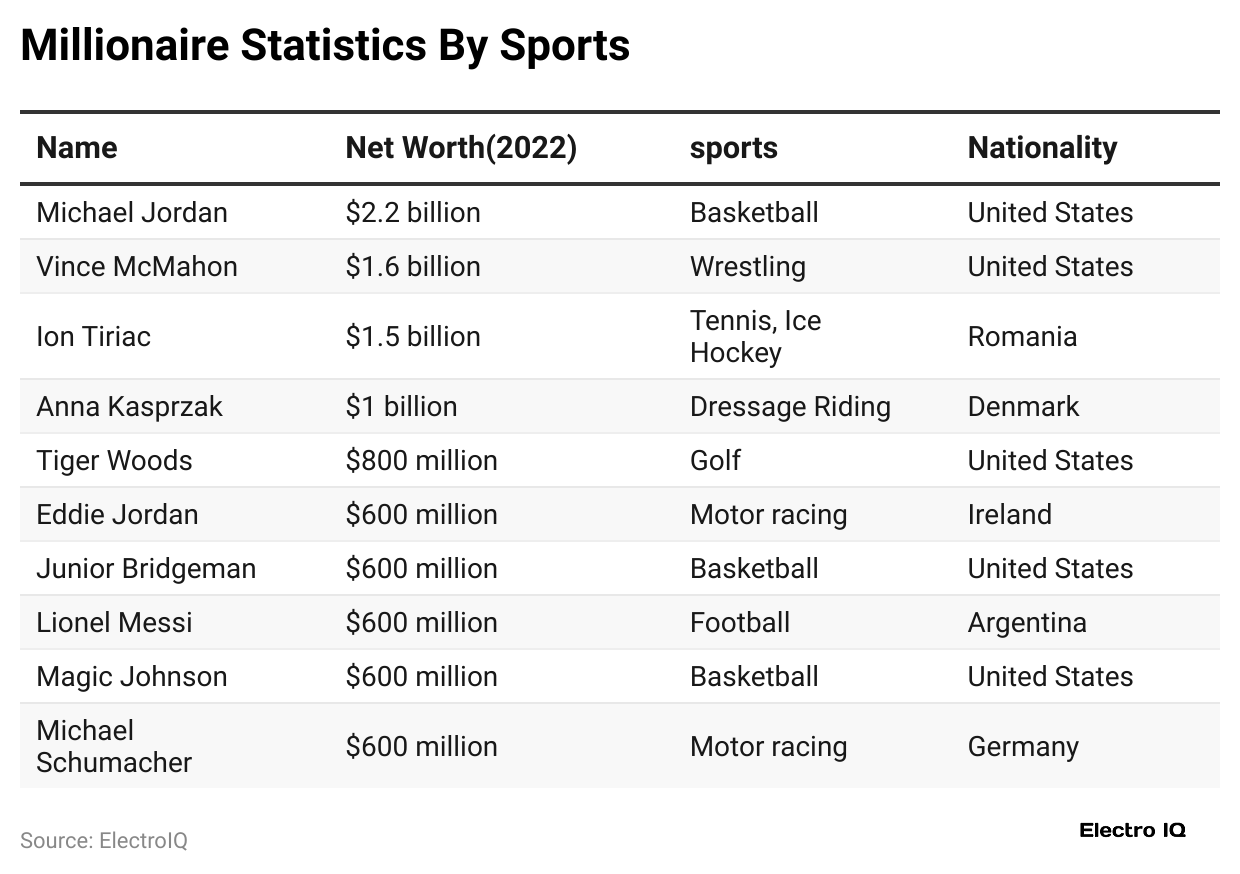
- The largest share of millionaires in 2025, over 38%, have built their wealth through business ownership or entrepreneurship. Whether it’s owning a small logistics firm or scaling a tech startup, self-employment remains one of the fastest paths to millionaire status.
- About 30% of millionaires grow their wealth primarily through salaries and bonuses, especially in high-paying professions like law, medicine, engineering, and corporate leadership roles such as CEOs, CFOs, or partners.
- Investments in equities and mutual funds remain core to wealth accumulation. Around 82% of millionaires hold significant stock market positions, and many have portfolios spread across U.S. blue-chip stocks, international equities, and ETFs.
- Real estate plays a major role, with roughly 68% of global millionaires owning two or more properties. These often include primary residences, vacation homes, and income-generating rentals across countries.
- Inheritance and family wealth contribute to about 21% of millionaire portfolios, particularly in Europe and Asia, where intergenerational property and asset transfer is common.
- In 2025, private equity and hedge fund exposure have become more common among mid- to high-tier millionaires. Around 14% of U.S. millionaires now hold some stake in alternative asset classes.
- Passive income is key. Over 42% of millionaires earn regular income through dividends, interest, royalties, and property rental, ensuring stable cash flow even without full-time employment.
- Digital income streams, including YouTube monetization, online course sales, affiliate marketing, and social media platforms like Instagram and TikTok, are emerging as legitimate wealth-building avenues, particularly among younger millionaires.
- Crypto remains volatile, but about 9 to 11% of millionaires under 40 have partial holdings in digital assets like Bitcoin and Ethereum. Although the market is turbulent, some have built substantial wealth by entering early.
- A strong mix of active and passive income, combined with long-term asset growth, defines the modern millionaire. Most millionaires today have at least three to four distinct sources of income.
| Income Source | Approximate Share of Millionaires | Notes |
| Entrepreneurship, Business | 38% |
Includes startups, SMEs, and self-employment |
|
High-Income Salaries |
30% | Professionals in medicine, law, and finance |
| Stock Market Investments | 82% |
ETFs, equities, mutual funds |
|
Real Estate |
68% | Residential and commercial holdings |
| Inheritance, Family Wealth | 21% |
Higher share in Europe and Asia |
|
Private Equity, Hedge Funds |
14% | More common among UHNW individuals |
| Passive Income Streams | 42% |
Dividends, royalties, and rental income |
|
Digital Content Income |
7% (under age 40) | YouTube, digital products, and affiliate earnings |
| Crypto Holdings | 9 to 11% (mostly under 40) |
Bitcoin, Ethereum, stablecoins |
|
Mixed, Multi-Source Income |
60%+ |
Most millionaires earn from 3+ income streams |
Millionaire Spending Patterns in 2025
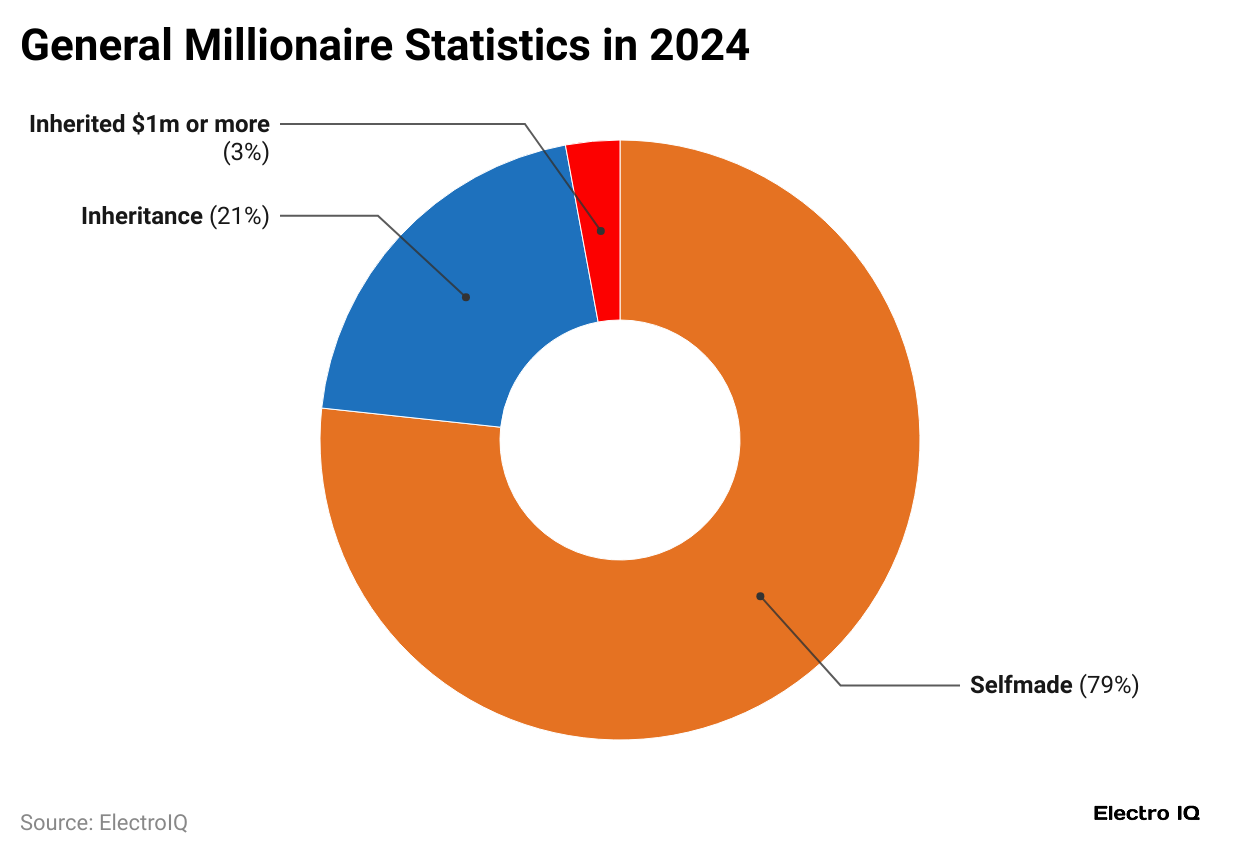
- Despite popular belief, most millionaires are frugal. A study by Empower in 2025 shows that over 62% of everyday millionaires still budget, shop deals, and avoid extravagant lifestyles even after crossing the million-dollar threshold.
- Millionaires tend to spend a large portion of their income on experiences rather than material things. This includes travel, fine dining, art events, and exclusive retreats. Roughly 44% spend more on experiences than on luxury goods.
- Real estate is the top spending category. Around 68% of millionaires have invested in more than one home, and over 30% own properties outside their home country, including vacation villas and rental investments.
- Education expenses, especially for children, are a priority. Millionaire parents spend heavily on private schooling, university tuition, and study abroad. The average millionaire spends $80,000 to $150,000 per child on education before age 22.
- Healthcare and wellness are major spending categories. Over 55% of millionaires in the U.S. allocate part of their budget to concierge healthcare services, high-end gyms, organic foods, and mental wellness retreats.
- On transportation, most millionaires do not buy luxury cars outright. Over 61% of them lease or finance high-end vehicles instead. Only the ultra-wealthy go for supercars and private aviation regularly.
- Philanthropy is growing rapidly. About 38% of millionaires donate to charities annually, with the average giving reaching $15,000 to $45,000 per year. In the U.S., that figure is even higher among mid-tier millionaires.
- Millionaires are also active investors in their hobbies, such as art collecting, wine, antiques, and rare watches. These “passion assets” make up 5 to 12% of the net worth of many high-net-worth individuals.
- Technology and security are important, too. Most millionaires install smart home systems, surveillance, digital security subscriptions, and even cybersecurity insurance to protect their financial and personal data.
- They also spend on networking and business development, such as attending global conferences, hiring career coaches, or investing in PR and branding. These indirect expenses help them maintain or grow their wealth further.
| Spending Area | Participation Rate | Key Insights |
| Real Estate | 68% |
Multiple homes, vacation properties |
|
Experiences (Travel, Art) |
44% | Prefer experiences over luxury items |
| Education (Per child) | $80K to $150K |
Private school, international education |
|
Healthcare & Wellness |
55% | Concierge care, mental health, and premium services |
| Transportation | 61% lease/finance |
More leases than cash purchases |
|
Philanthropy |
38% | Avg. donation: $15K to $45K annually |
| Passion Assets | 5 to 12% of net worth |
Art, wine, watches, collectibles |
|
Cybersecurity |
40% | Personal digital protection measures |
| Networking & Growth | 32% |
Business events, personal branding |
|
Smart Home Upgrades |
47% |
AI-enabled home security and automation |
Migration Trends Among Millionaires in 2025
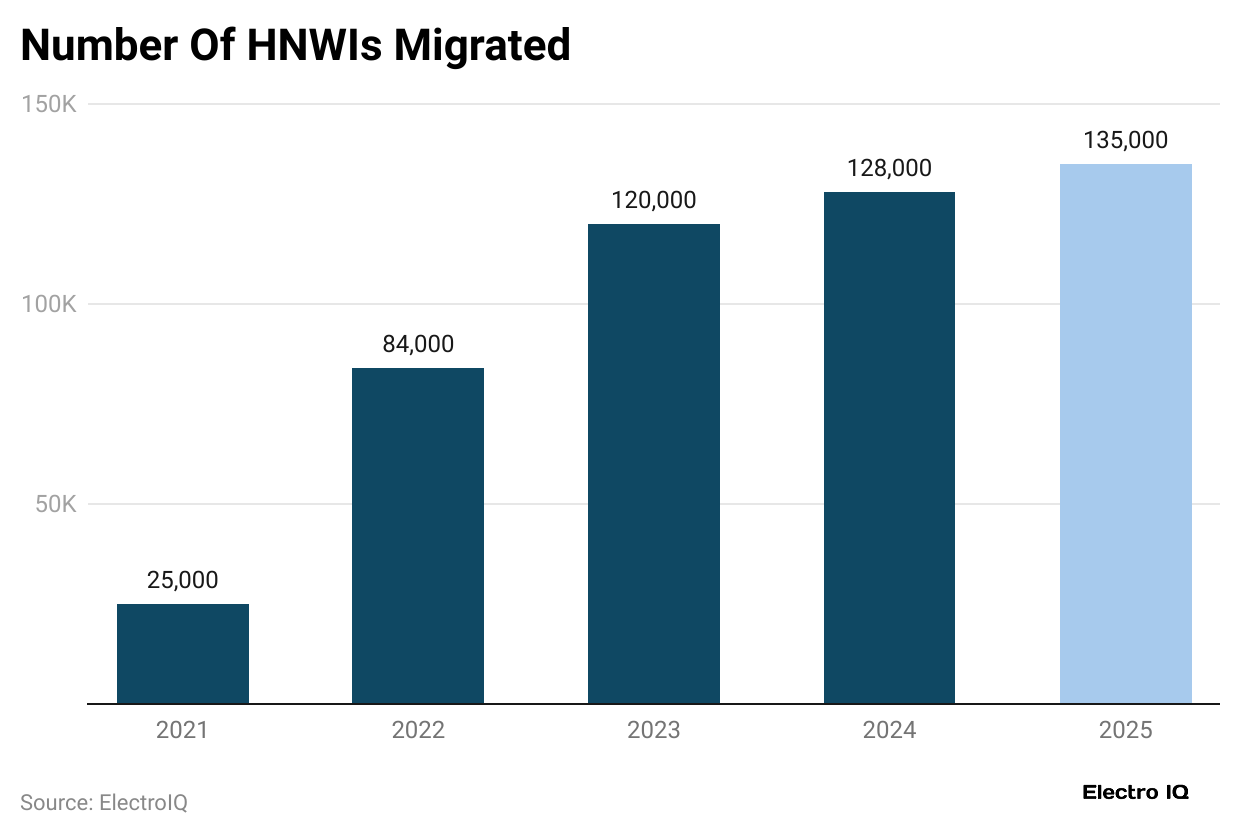
- In 2025, over 128,000 millionaires are expected to migrate globally, the highest net movement of wealthy individuals ever recorded in a single year, based on updated data from Henley & Partners and other wealth migration reports.
- Australia ranks as the top destination for millionaire migration, with an estimated 5,200 high-net-worth individuals (HNWIs) expected to relocate there in 2025. Its stable economy, healthcare system, and golden visa programs attract long-term movers.
- The United Arab Emirates (UAE) comes second, attracting 4,500 millionaires, especially to Dubai and Abu Dhabi. It offers a zero-income tax regime, easy business incorporation, and luxury lifestyle appeal to high-income individuals.
- Singapore ranks third, with about 3,200 incoming millionaires. Its strong banking system, safety, and strategic location in Asia-Pacific make it a magnet for entrepreneurs, investors, and wealthy families.
- The United States still draws over 2,000 millionaire migrants annually, despite higher taxes, thanks to its business-friendly climate, global influence, and diverse investment opportunities.
- Switzerland and Canada continue to attract wealthy individuals for different reasons: Switzerland for privacy and financial security, and Canada for its safety, quality of life, and family-centric immigration policies.
- The United Kingdom is projected to lose over 3,200 millionaires in 2025. Uncertainty post-Brexit, rising taxes, and policy instability are driving out the rich, especially from London.
- China is set to lose about 13,500 millionaires, the highest global outflow. Reasons include stricter capital controls, reduced private sector freedoms, and emigration of tech and manufacturing entrepreneurs.
- India will lose an estimated 4,300 millionaires, driven by concerns over air quality, education access, safety, and political instability, although many still retain business ties in the country.
- South Africa, Nigeria, and Russia are also among the top 10 wealth-losing countries. Political corruption, weak currencies, and a lack of personal security are the biggest concerns for wealthy individuals leaving these nations.
| Country | Net Millionaire Migration | Notes |
| Australia | +5,200 |
Stable, English-speaking, golden visa programs |
|
UAE |
+4,500 | Tax-free, modern infrastructure, high lifestyle appeal |
| Singapore | +3,200 |
Safe, strategic location, finance hub |
|
U.S. |
+2,000+ | Business-friendly, investor visa access |
| Switzerland | +1,200 |
Privacy, neutrality, quality of life |
|
United Kingdom |
–3,200 | Rising taxes, post-Brexit uncertainty |
| China | –13,500 |
Government regulation, capital controls |
|
India |
–4,300 | Air quality, education, and political concerns |
| South Africa | –2,100 |
Crime and corruption concerns |
|
Russia |
–1,600 |
Sanctions, currency volatility, and capital flight |
Millionaire Projections for 2030 and Beyond
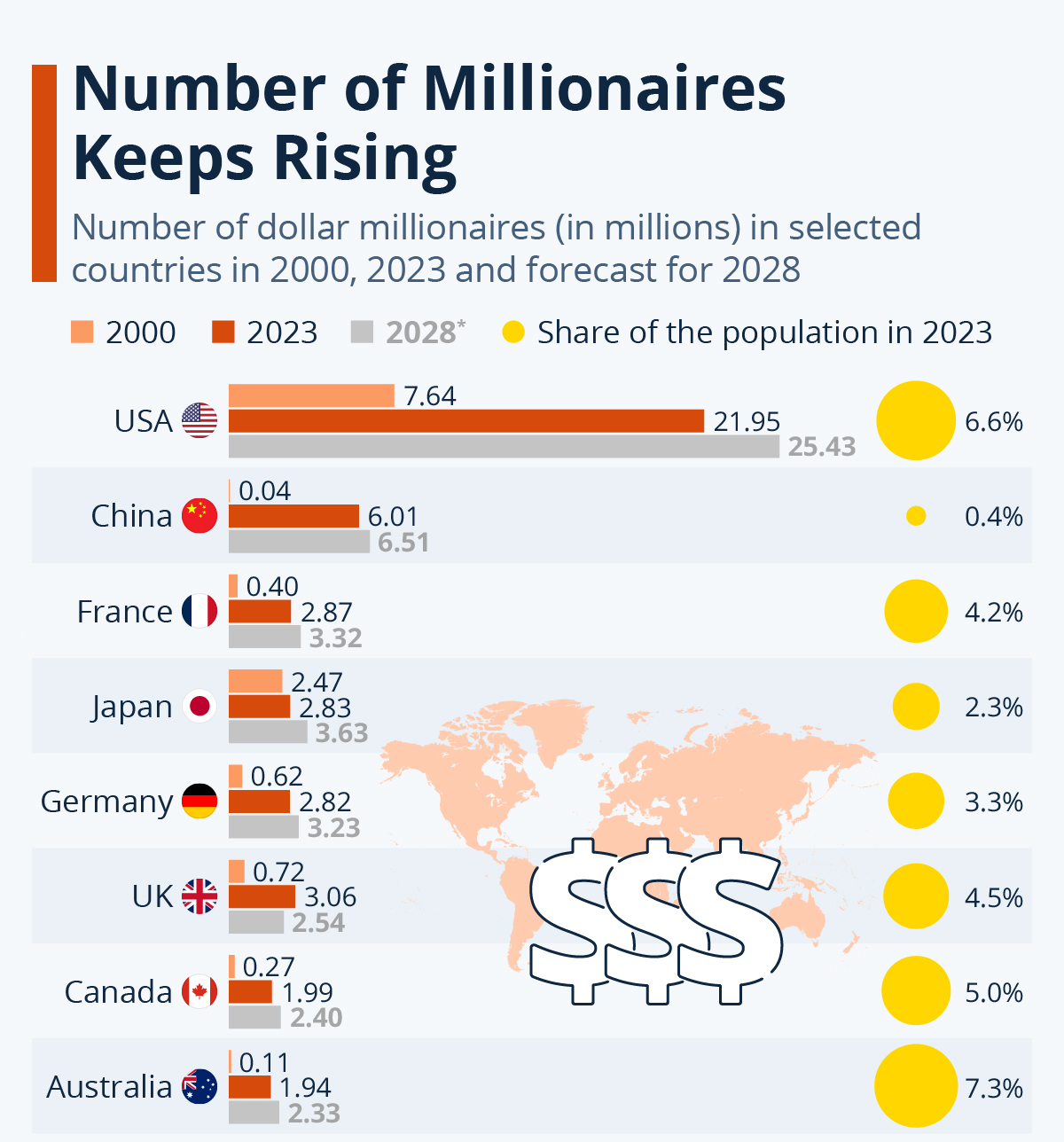
- According to UBS and Credit Suisse wealth forecasts, the number of global millionaires is expected to exceed 90 million by 2030, up from around 80 million in 2025. This implies an annual growth rate of roughly 2.3% to 3.4% depending on region and inflationary pressures.
- The United States is expected to remain the dominant force, projected to cross 25 million millionaires by 2030. However, its global share will slightly decline as more wealth is created in Asia and emerging markets.
- China’s millionaire population could hit 10 million by 2030, especially if regulatory environments soften and its middle class continues to climb the income ladder. It will likely remain the second-largest millionaire economy.
- India is expected to more than double its millionaires, reaching around 1.6 to 1.8 million by 2030. Increased startup activity, stock market participation, and global migration are accelerating this growth.
- Southeast Asia, including Indonesia, Vietnam, and the Philippines, is forecasted to see millionaire growth rates between 8% to 11% annually, the highest in the world. Rising urbanization and digital economies are key drivers.
- By 2030, Africa’s millionaire population is expected to approach 300,000, driven by economic reform, fintech startups, and global partnerships in countries like Kenya, Ghana, and Rwanda.
- The gender wealth gap is expected to shrink slightly, with women projected to make up 18 to 20% of global millionaires by 2030. Financial education, entrepreneurship, and flexible investment platforms are driving inclusion.
- Younger generations (Millennials and Gen Z) will hold over 25% of millionaire wealth by 2030. Their rise is fueled by early exposure to tech, passive income strategies, and the inheritance of baby boomer assets.
- A significant shift will be seen in digital asset portfolios, with about 20 to 25% of under 40 millionaires expected to hold some portion of wealth in tokenized assets, cryptocurrencies, or decentralized finance platforms.
- The global center of wealth is shifting east, and wealth mobility is increasing. Millionaire migration will continue to surge, with countries offering favorable tax policies, citizenship by investment programs, and global talent visas becoming top destinations.
| Region/Country | 2025 Estimate | 2030 Forecast | Key Growth Driver |
| United States | 22 million | 25+ million |
Stock market, real estate, entrepreneurship |
|
China |
6 million | 10 million | Middle class expansion, tech, business wealth |
| India | 850,000 | 1.6 to 1.8 million |
Startup boom, stock investing, digital wealth |
|
Southeast Asia |
500,000 | 1.2 million | Fintech, digital businesses, and young investors |
| Europe (combined) | 18 million | 20 million |
Stable family wealth, slower growth |
|
Africa |
180,000 | 300,000 | Emerging economies, fintech innovation |
| Global Total | 80 million | 90+ million |
Overall, 2 to 3% CAGR |
|
Women (%) |
14% | 18 to 20% | Inclusion, entrepreneurship, education |
| Millennials & Gen Z | 17% of wealth | 25%+ |
Tech, early investing, inheritance |
|
Crypto/Token Assets |
9 to 11% | 20 to 25% (under 40s) |
DeFi, digital asset adoption |
Conclusion
The millionaire landscape in 2025 reflects a rapidly evolving global economy shaped by development, migration, and diversification. With over 80 million millionaires worldwide, the wealth distribution is becoming more complex, more digital, and more mobile.
As we approach 2030, the story is no longer just about how many people become millionaires; actually, it’s also about where they live, how they earned it, and what they do with it. From everyday saving turned investing to digital content creating and next-gen tech founders, the millionaire class is expanding and transforming at an unimaginable pace.
This detailed view of Millionaire Statistics 2025 reveals not just an overview of wealth but a global movement that affects industries, economies, migration, and mindsets. I hope you guys liked it.
Sources
FAQ.
As of 2025, we’ve officially crossed the 80 million mark for global millionaires. That means roughly 1 in every 100 adults worldwide now holds net assets worth $1 million or more. It’s a pretty massive milestone, especially considering that just two decades ago, the number was closer to 8 to 10 million. The big drivers here are long-term investing, real estate gains, and global economic expansion.
The United States still holds the top spot by a huge margin. With over 24 million millionaires, the U.S. represents nearly 30% of the world’s total millionaires. That’s more than the next several countries combined. It all comes down to its massive financial markets, tech-driven wealth creation, and long-term investing culture.
Great question. EMILLI stands for “Everyday Millionaire with $1 to $5 million” in net assets. These are people who didn’t get rich overnight; they built their wealth over time through smart saving, home ownership, and stock investing. As of 2025, there are over 55 million EMILLIs globally, and they’re reshaping what it means to be wealthy. You’ll find EMILLIs among doctors, engineers, business owners, and everyday people with discipline and patience.
Absolutely. This year will break records. According to Henley & Partners, 142,000 millionaires are relocating globally in 2025, making it the largest wealth migration in history. They’re moving to places like the UAE, U.S., Singapore, and Australia, looking for tax benefits, better quality of life, and more stable political environments.
This one’s getting a lot of attention. The UK is expected to lose over 16,500 millionaires in 2025, which is more than China for the first time. A lot of this comes down to rising taxes, changing political leadership, and uncertainty around economic policies. Many wealthy Brits are heading to friendlier financial climates like Switzerland, the UAE, and even Italy.
Yes, but it’s a quieter trend. India is expected to see around 4,300 millionaires leave the country in 2025. While India’s economy is growing fast, many wealthy individuals are moving for cleaner air, elite education, global exposure for their kids, and better healthcare systems. But many of them still keep business and property ties in India.
Most millionaires in 2025 are still in their late 40s to early 60s. The average millionaire is someone who’s worked for 20+ years, invested consistently, and avoided flashy spending. But interestingly, millennials and Gen Z are starting to catch up fast, especially in sectors like tech, crypto, content creation, and ecommerce.
Yes, and it’s a huge step forward. As of 2025, women make up about 18% of the global millionaire population, which is up from around 13% just a few years ago. More women are founding startups, inheriting wealth from previous generations, and rising through the corporate ranks. And that number is expected to keep rising.
Funny thing, people’s idea of “rich” is way above $1 million now. According to a 2025 survey by Charles Schwab, the average American believes it takes around $2.3 million to feel truly wealthy. That’s because inflation has changed expectations, and lifestyle creep is real. So while technically $1 million makes you a millionaire, many people don’t feel rich until they’re well past that point.
Yes, the growth isn’t slowing down anytime soon. UBS projects we’ll hit nearly 90 million millionaires by 2030. The drivers are long-term investing, the rise of digital assets, property value appreciation, and emerging markets like India, Southeast Asia, and parts of Africa. So the millionaire class will keep expanding, just not always in the countries you’d expect.

Tajammul Pangarkar is the co-founder of a PR firm and the Chief Technology Officer at Prudour Research Firm. With a Bachelor of Engineering in Information Technology from Shivaji University, Tajammul brings over ten years of expertise in digital marketing to his roles. He excels at gathering and analyzing data, producing detailed statistics on various trending topics that help shape industry perspectives. Tajammul's deep-seated experience in mobile technology and industry research often shines through in his insightful analyses. He is keen on decoding tech trends, examining mobile applications, and enhancing general tech awareness. His writings frequently appear in numerous industry-specific magazines and forums, where he shares his knowledge and insights. When he's not immersed in technology, Tajammul enjoys playing table tennis. This hobby provides him with a refreshing break and allows him to engage in something he loves outside of his professional life. Whether he's analyzing data or serving a fast ball, Tajammul demonstrates dedication and passion in every endeavor.





